Article Contents
Imagine never having to fiddle with a charging cable again. That's the magic of a wireless charger. Not only does wireless clean up your space and make charging as simple as turning on your phone, it's also surprisingly versatile. Whether you're looking for a stylish charging stand for your bedside table, a stand that keeps your phone propped up on your desk, or even a foldable charger for convenient travel, there's a wireless charger designed to fit your lifestyle. Some even double as a car charger, keeping your phone powered up on the go without the hassle of connecting cables. With so many convenient options, it's easy to see why more people are ditching their wired chargers and embracing effortless wireless connectivity.
Table of Contents
The best wireless chargers for 2024
Engadget
Max output: 10W | Cable length: | Box Contents: Base, battery
There's no shortage of portable wireless chargers, but it's rare to find one that fits both on your desk and in your bag. THE Otterbox OtterSpot System it's our top pick precisely because it's so versatile. The base unit is stable, includes a power adapter and accommodates a wide range of smartphones. But it really shines when you want to leave the house. You can purchase up to three 5.000mAh portable batteries that optionally stack on top of the base for recharging and serve as completely wireless chargers on the go. These batteries can also power wired devices via USB-C ports.
This isn't the fastest charger given the 10W power, and the dock alone is usually expensive at $55 (although it's down to $38 as we write this). However, if you want a station that you can really use everywhere, OtterSpot is a top choice that can grow with your needs.
$100 at Otterbox
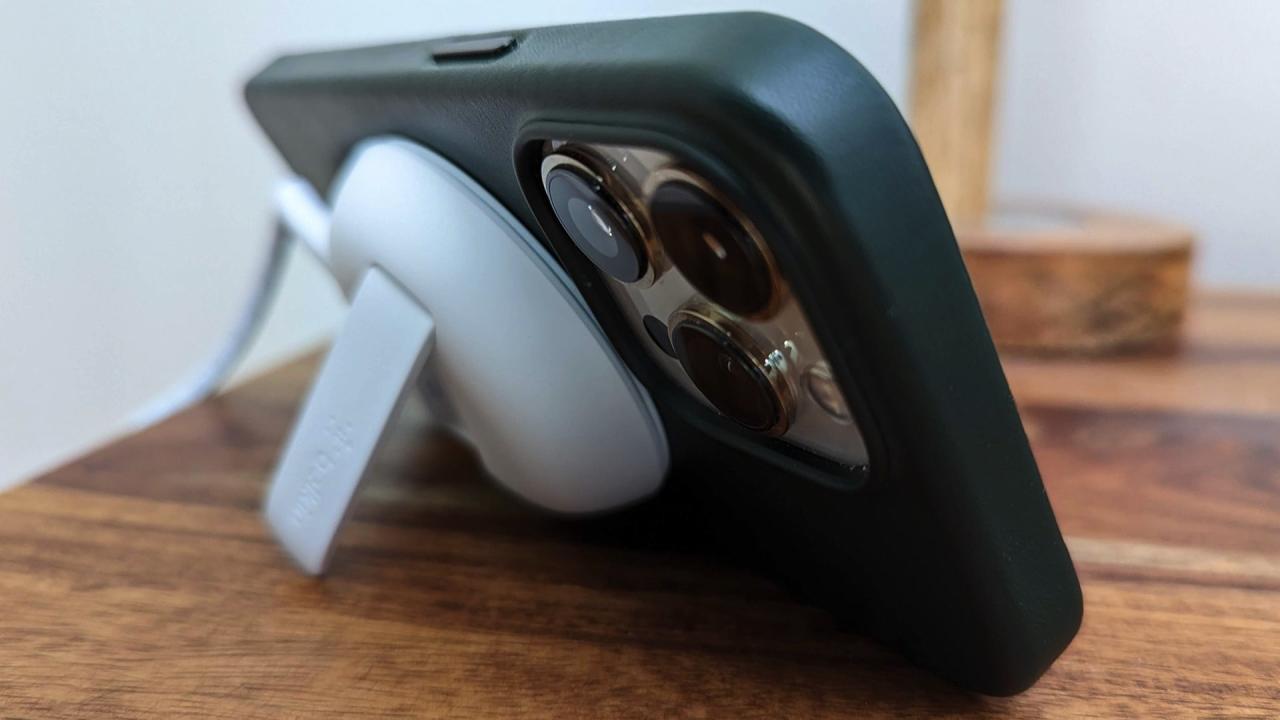
Engadget
Max output: 15W | Cable length: 6,6 feet | Box Contents: Charging pad, USB-C cable
It's easy to find wireless chargers that are fast or portable, but rarely both — and certainly not as well thought out as Belkin BoostCharge Pro Portable Wireless Charger. Its ultra-compact design not only offers 15W MagSafe charging (plus Qi charging when flat), but includes a kickstand that lets you watch videos while charging. Add a long 6,6-foot braided cable and this is the ideal charger whether you're traveling or catching up on TV shows.
The emphasis on MagSafe compatibility may make the Belkin BoostCharge less attractive for Android devices and a better choice for Apple devices. However, this is specifically designed as a phone charger and not an Apple Watch charger or multi-device charger. Still, it's a clear step up from Apple's more affordable but simpler MagSafe charger. And importantly, you have the option of buying Belkin's accessory with ($80) or without ($60) a power adapter.
$50 at Belkin
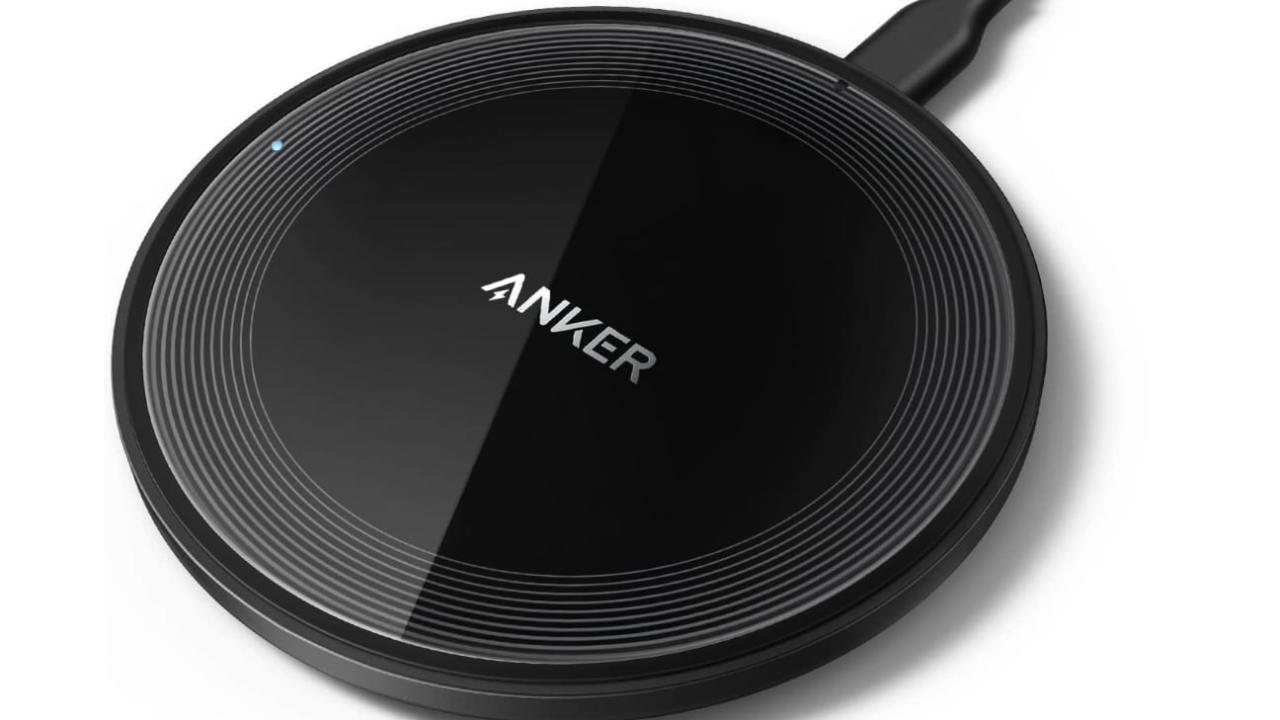
Anker
Max output: 10W | Cable length: 4 feet | Box Contents: Charging pad, microUSB cable, welcome guide
If you only need the basics, Anker's 315 wireless charger offers significant value from a household name. It tops out at 10W (7,5W for iPhone), doesn't include a power adapter, and relies on a microUSB cable instead of a USB-C cable, but it's also only $15. Even if you do need to buy an adapter, you'll be hard-pressed to find a better deal. This charger works well with various devices, including AirPods Pro.
$15 on Amazon
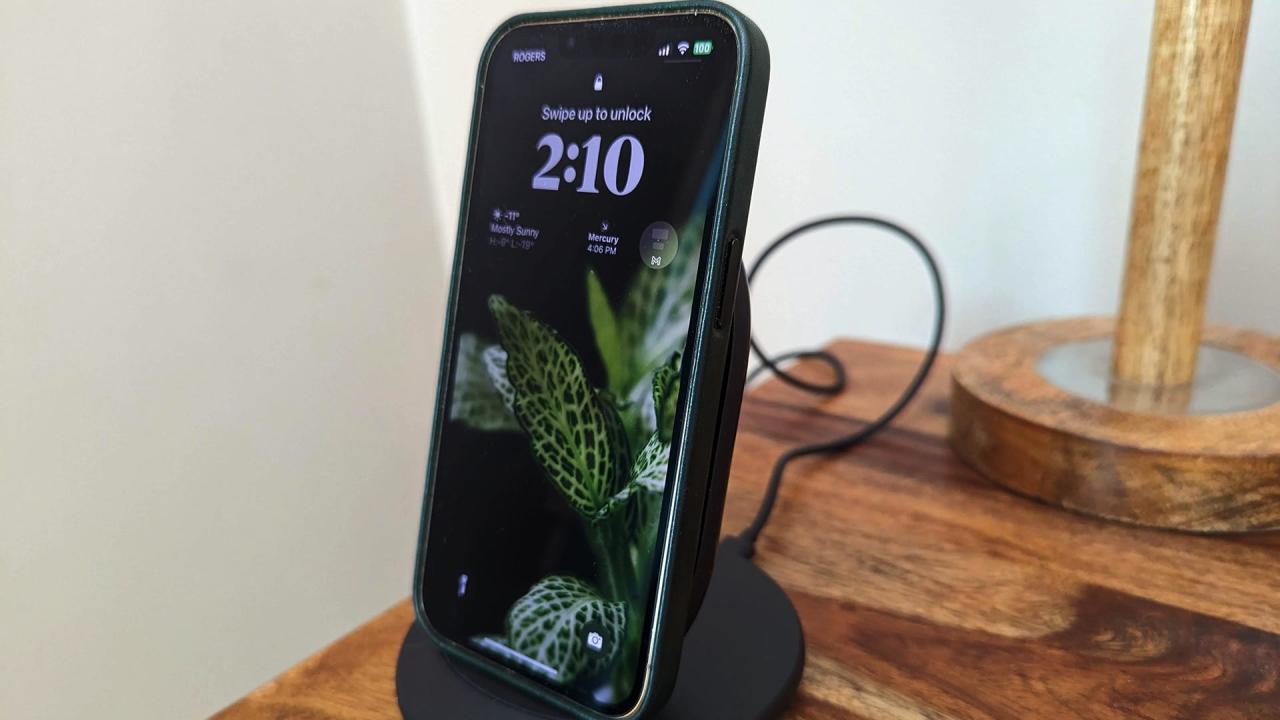
Belkin
Max output: 15W | Cable length: 4 feet | Box Contents: Charging base, USB-C cable
There's fierce competition in the wireless charging pad space, and it's easy to get a good 15W charger if you're willing to pay. Belkin, however, is one of the few that actually promises consistent value. The $45 BoostCharge 15W wireless charging pad costs less than some alternatives and includes a power adapter in the box. The lip on the bottom will keep your phone steady and the dual charging coils let you use the device while watching a video in landscape mode. You can also easily monitor your phone's battery level.
There's no MagSafe or other device-specific charging optimizations in it for your Apple devices. And like many wireless charging docks, this one doesn't officially support the iPhone 13 mini and similar small handsets. But no other complaints here – this is a no-nonsense power solution at a good price and conveniently comes with an included USB-C cable
$33 on Amazon
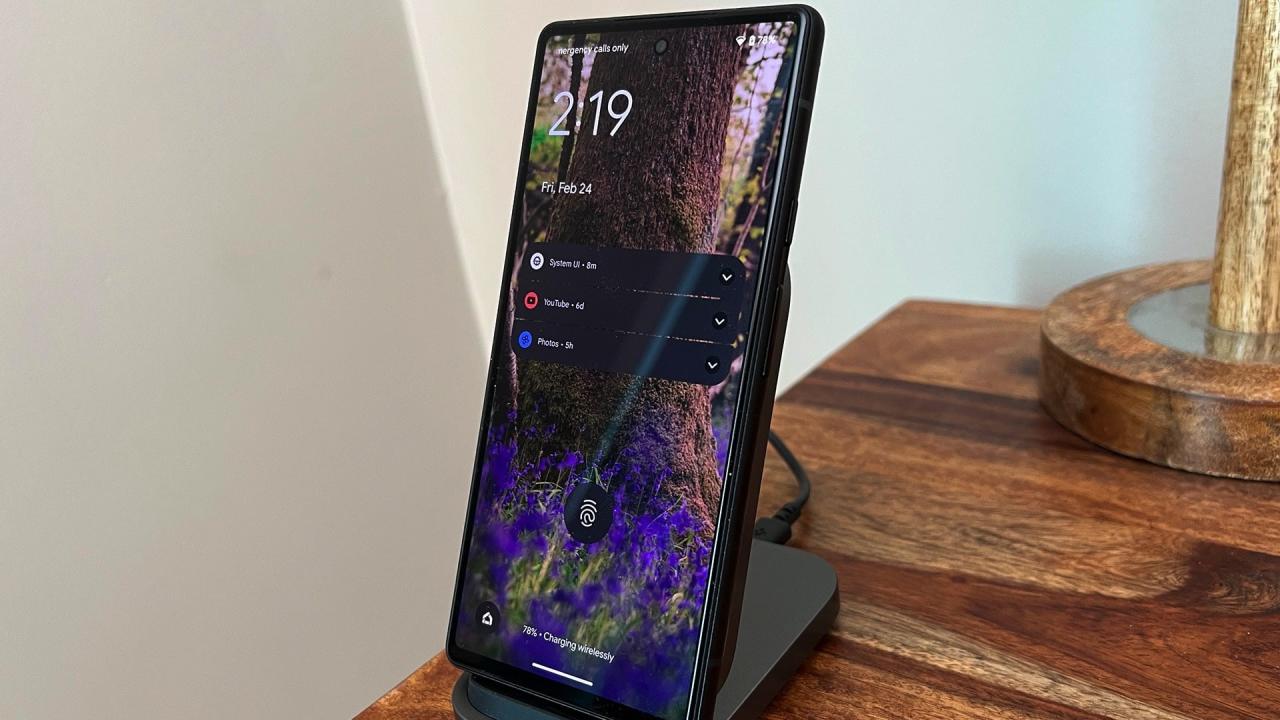
Engadget
Max output: 15W | Cable length: 5,9 feet | Box Contents: Charging pad, USB-C cable
There aren't many great options for wireless chargers that use Samsung's fast power technology, especially if you want a dock. Luckily, Spigen's charger is up to the job. It delivers 15W to all Samsung Galaxy phones that support Super Fast Wireless Charging and is a well-made (if unspectacular) perch that keeps your device from slipping. The universal form factor also works with other smartphones, although it doesn't specify that it works with Apple devices.
You'll want to shop carefully. Some versions do not include a power adapter, and some stores sell them for less than the official $80. However, if you can score a good deal, this is an ideal way to charge your Galaxy device while providing a clear view of the always-on display, allowing you to check your phone's battery at a glance
$60 on Amazon
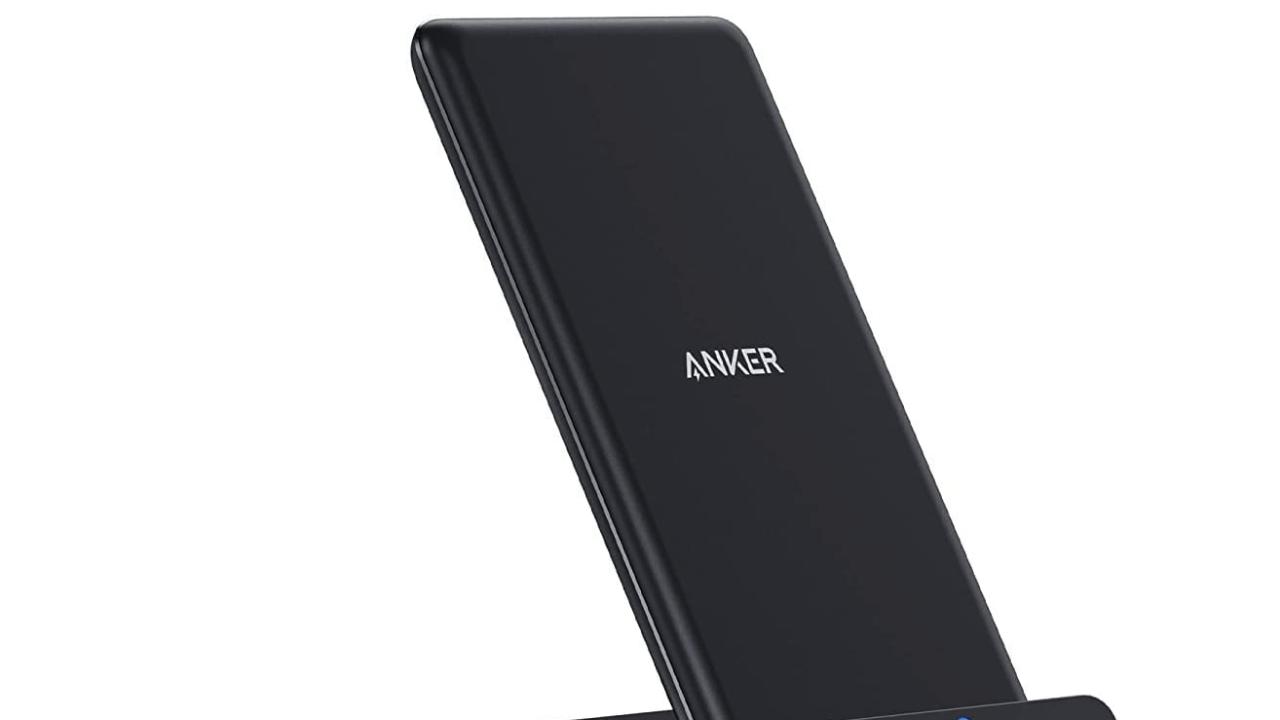
Anker
Max output: 10W | Cable length: 3 feet | Box Contents: Charging base, microUSB cable, welcome guide
Anker's strong value in pad chargers also applies to docks. THE 313 Wireless charger it peaks at 10W (5W for iPhone), doesn't include a power brick, and uses a microUSB cable instead of a USB-C cable, but it's also $20. You can buy an adapter and still undercut the price of some equally capable alternatives. It can charge while your phone is in landscape orientation, too – an added bonus to this phone charger. You might want to look at competing products if they're under $40 with an included adapter, but the 313 is otherwise hard to beat.
$16 on Amazon
What to look for in a wireless charger
It's tempting to buy a wireless charging pad optimized for the size and capabilities of the phone you currently own. Resist the urge — this is an accessory you'll likely use with smartphones and other devices, and you don't want to replace it every time you buy a new headset. Instead, think about the phones you're likely to use on the road. If you're sure you'll be using your iPhone for a long time, an Apple MagSafe-compatible charger will be faster and more convenient. However, if you use Android phones or think you can switch sides, you'll want a more universal design.
You'll also want something that accepts various device sizes. Some wireless charging stations don't work well with the iPhone 13 mini or other particularly small phones, for example. If you think you might change phone sizes at some point, the charger pad is a wiser choice. That said, you should pay attention to any limiting design features such as overhanging cradles and lips.
Also, consider wireless chargers with modular components. While you'll have to invest solely in a company's ecosystem, this gives you room to grow as your gadget needs change. You can add a charger for a second phone or smartwatch, and some systems even offer modular batteries for on-the-go power. Just be sure to look into a multi-device charger if there's a very good chance you'll be expanding your setup in the future.
Where and how will you use your charger?
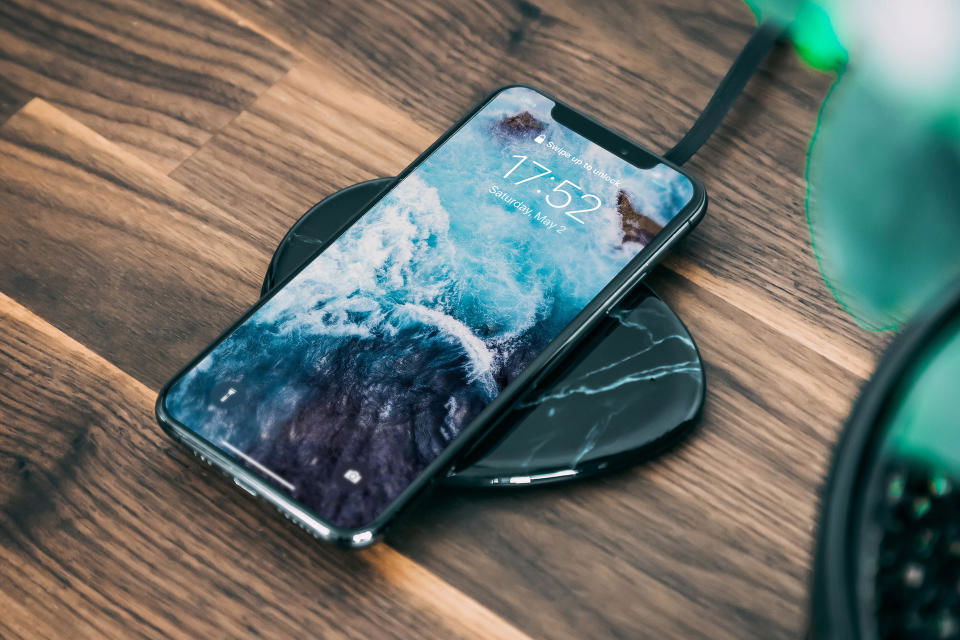

Chances are you have a specific use case in mind for your charger. You might want it next to your bed for a quick charge in the morning, or on your desk for at-a-glance notifications. You can even keep it in your bag for easy travel charging instead of bulky power banks. If you plan to place your charger on a nightstand, you'll usually want a pad. Basically, even a dim screen that's always on can be distracting when you're trying to sleep. You may also want a wireless charging pad if your phone is sitting on a low table, as it may be easier to grab in a hurry. Look at compact models if space is tight.
At your desk, you may prefer a stand to quickly glance at notifications or make video calls. Want something more travel-friendly? Typically, the best design with a buck or similar minimalist design provides effortless wireless power to your phone or other devices. You may also want a battery charger (either modular or built-in) for camping or whenever there isn't an outlet nearby. Some even come as magnetic wireless chargers, perfect for seamlessly connecting to compatible devices.
Wireless charging performance
Although wireless charging is usually slower than its wired equivalent, speed and power are still important considerations. A fast charger can provide enough power for a long night out in the time it takes to change clothes.
In general, a 15W charger is fast enough for most situations, and you'll need a MagSafe-compatible charger to get that level of performance out of an iPhone. With this, even the slower 7,5W and 10W chargers are fast enough for overnight power. If anything, you'll want to worry more about case support. While many models can deliver power through a fairly thick case (typically 3mm to 5mm), you'll come across the occasional example that only works with bare phones.
There are some proprietary chargers that break the 15W barrier if you have the right phone. Google's second-generation Pixel Stand, for example, provides up to 23W for a Pixel 6 Pro or Pixel 7 Pro. Streamlined designs like this can make sense if you're loyal to a brand. Be sure to get a charger that still works well with third-party smartphones, though, as you don't want to replace your accessory (or put up with slow speeds) if you switch brands.
Quality and box contents
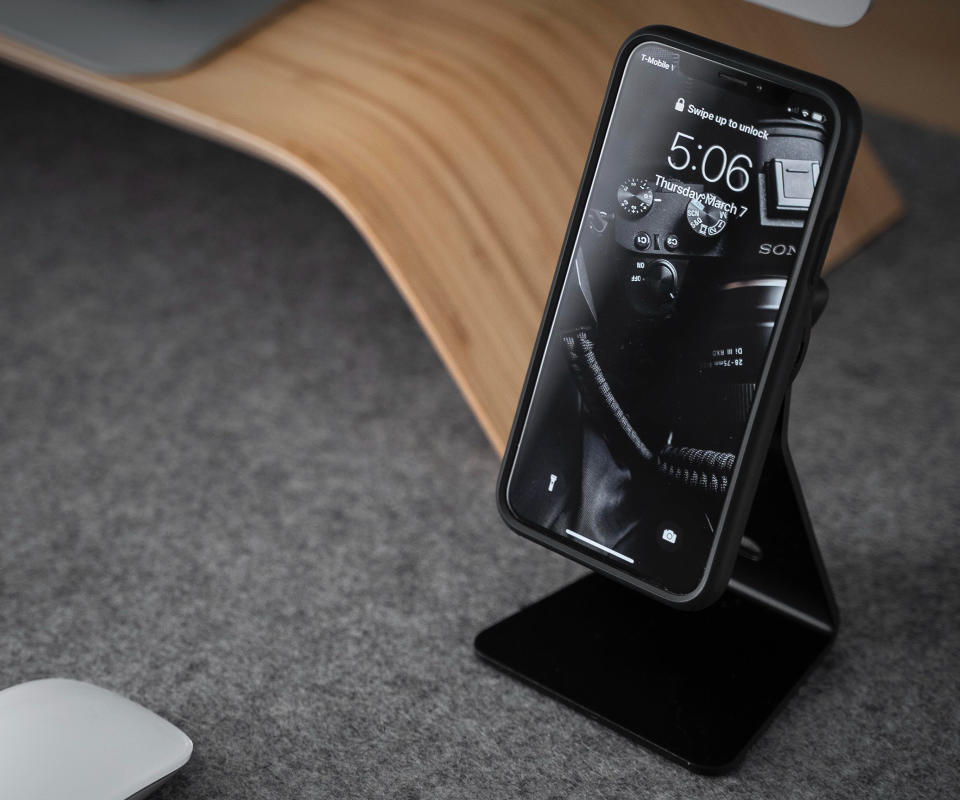

Once you've chosen the form factor and performance levels that suit your needs, you'll need to consider fit and finish. You likely use your wireless charger every day, so even small differences in quality could make the difference between joy and disappointment.
If your charger doesn't use MagSafe-compatible technology, textured surfaces like fabric or stretchy plastic are more likely to hold your phone in place. The base should be firm or heavy enough to prevent the charger from sliding around. If you buy a stand, make sure it won't tip over or wobble.
Pay attention to what's in the box. Some models don't include power adapters and may even require you to reuse your phone's USB-C charging cable. What may seem like a deal can turn out to be expensive if you have to buy extras just to use it. Also, some cables and chargers are better than others. A USB-C charger is more future-proof, while braided cables may be less likely to break or get tangled.
You'll also want to think about secondary amenities. Status lights are useful for indicating the correct placement of the phone, but an overly bright light can be distracting. Ideally, the light dims or turns off after a certain amount of time. And while we warn about lips and trays limiting compatibility, you might want some barriers to prevent your device from falling off its perch on the charging station.
By now, you should know what to look for. While it would be impossible for us to test every charger, we've tested several models and have a few favorites.
Frequently Asked Questions about wireless chargers
Do wireless chargers work if you have a phone case?
Many wireless chargers work if you leave the case on your phone. In general, a case up to 3mm thick should be compatible with most wireless chargers. However, you should check the manufacturer's guide to make sure a case is supported.
How do I know if my phone supports wireless charging?
Checking the phone specifications will tell you if your phone is compatible with wireless charging. You may see words like “Qi wireless charging” or “wireless charging compatible”.
Do cables charge your phone faster?
Most of the time, wired charging will be faster than wireless charging. However, wired charging also depends on the speed of the charging cable and the amount of power it is designed to carry. A fast charging cable that can deliver up to 120W of power will be faster than a wireless charger.




